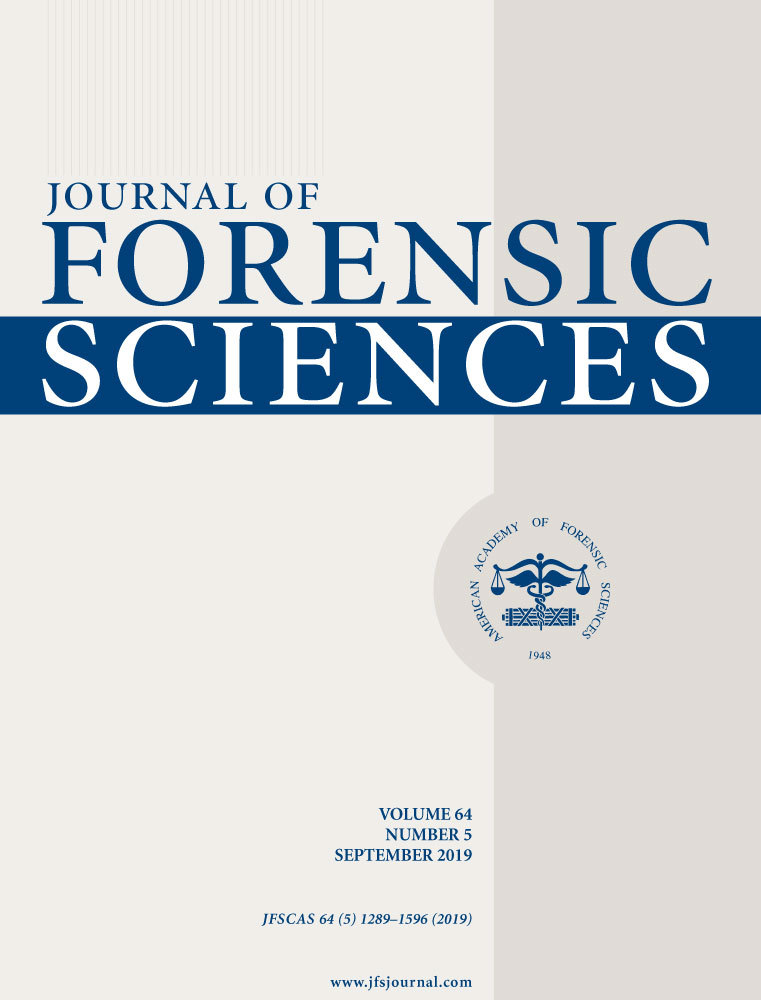Entomological and Cardiologic Evidence of Time Since Death in Short Postmortem Intervals
Abstract
Estimating the time since death of the deceased is a main goal in forensic investigations, but this can be challenging due to contradictory results derived from different investigations at the scene of death. We present a case of a 78-year-old woman, found dead in a small forest with broad-leaved trees, whose husband had a history of domestic violence. Routinely performed investigations, such as postmortem rectal temperature and lividity, yielded inconsistent time since death results between only a few and longer than 20 h. This difficulty was most likely caused by high ambient temperatures of up to 38.0°C, which negatively influenced the informative value of the applied nomogram method. Additionally, performed entomological investigation of fly maggots (Lucilia illustris) recovered from the corpse and the assessment of heart pacemaker data revealed consistent and incontrovertible results. The presented case highlights the benefits of information provided by entomological investigations and data evaluation of cardiac implantable electronic devices and the combined use of the two techniques.




